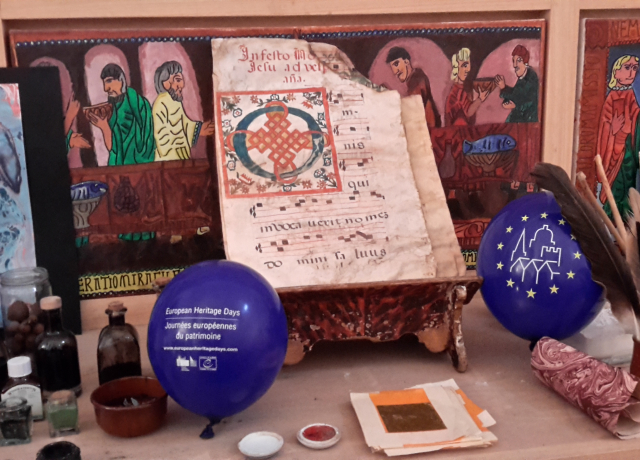Celebrating “Ways and Wayfarers, a Cultural Community” in La Rioja, Spain
Celebrating “Ways and Wayfarers, a Cultural Community” in La Rioja, Spain
As a crossroad of cultures and travellers, La Rioja is known for its unique cultural landscape and natural sceneries that captivate with every single mountain top, vineyard or historic monument. Located in the north of Iberian Peninsula, this Spanish province cherishes diverse cultural influences that have shaped its history and represents a fascinating place to explore.
During European Heritage Days 2016, which are taking place from early October to early December, La Rioja offers a comprehensive programme that highlights the marvellous heritage of the province. Coordinated by Spanish Cultural Heritage Institute and organised by the Fundación San Millán de la Cogolla in collaboration with CEIP of Tricio (European Centre for Information and Rural Development), the festival covers a wide range of activities throughout the province. From Santo Domingo de la Calzada, Berceo and San Millán de la Cogolla, to Nájera, Cirueña and other towns, European Heritage Days are celebrated with the theme dedicated to ways and wayfarers with a slogan “Ways and Wayfarers, a cultural community” (“Caminos y caminantes, una comunidad cultural”).
Way of St. James Pilgrims’ Route
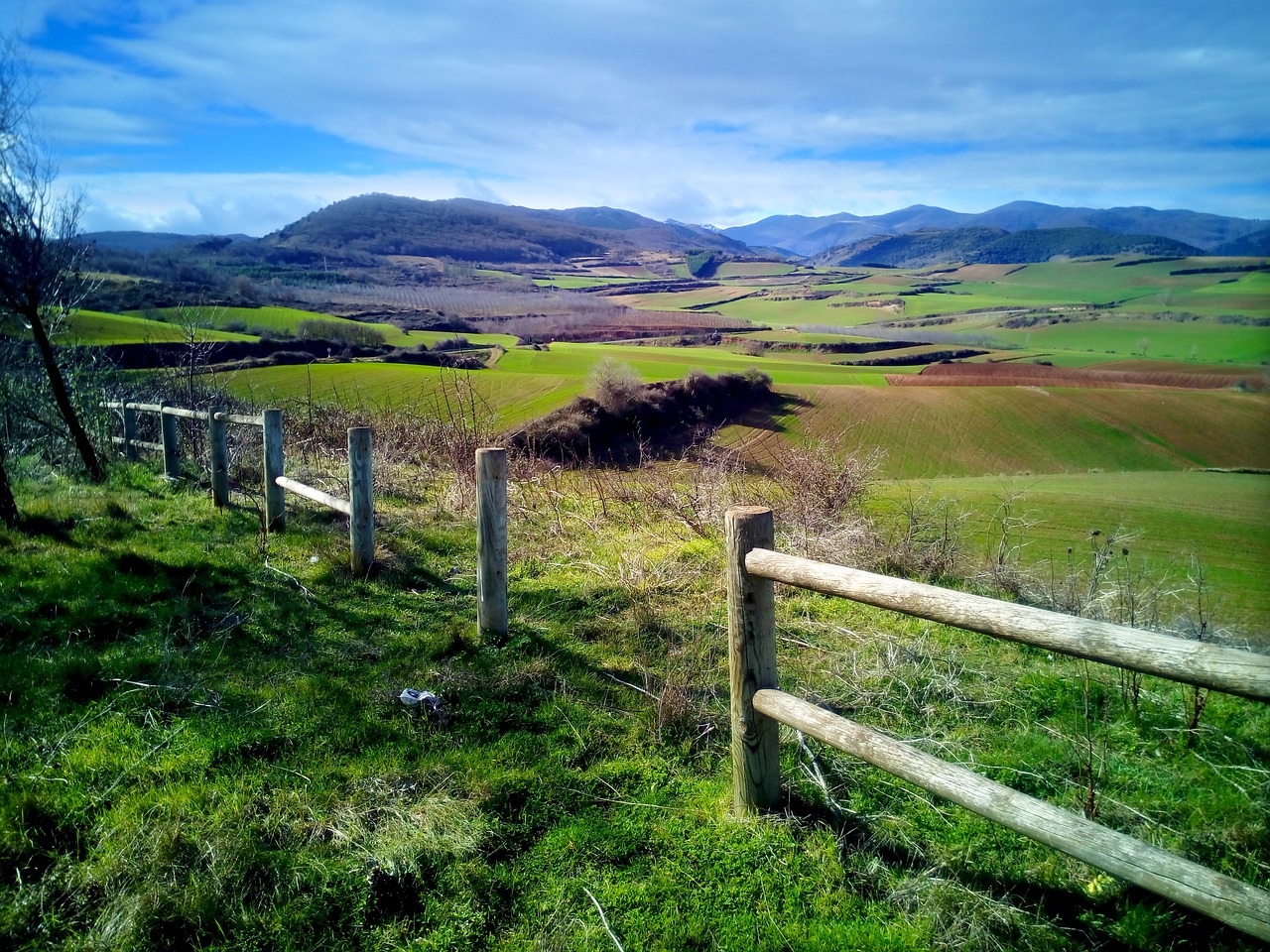
To highlight historically relevant passages of La Rioja travellers, this year’s European Heritage Days are taking visitors to a journey along two different routes. The Walk Along the Royal Way event will explore the “Way of St. James Pilgrims’ Route” (Camino de Santiago), which runs between Nájera, San Millán de la Cogolla and Santo Domingo de la Calzada. The walk will take place on 30th October, when visitors will get an opportunity to explore the wonderful landscape along the “Royal Way” branch of the route.
Another European Heritage Days walk took place on 15th October between Estollo and the shrine of San Blas, allowing participants to learn more about the history of La Rioja’s two UNESCO world heritage sites. Located in San Millán de la Cogolla, Yuso and Suso Monasteries represent historic jewels of La Rioja as the birthplace of the oldest known written words of the Spanish language. They were listed as UNESCO heritage sites in 1997 and they still attract numerous citizens and tourists wishing to learn more about the province’s history. Within the Walk from Estollo to the shrine of San Blas event, visitors were accompanied by Estollo resident and viceprior of the monastery of Yuso, Jesús Lerena, who helped explain the history of the Monasteries of San Millán, as well as their relationship with the surrounding villages.
Educational Workshops for Children
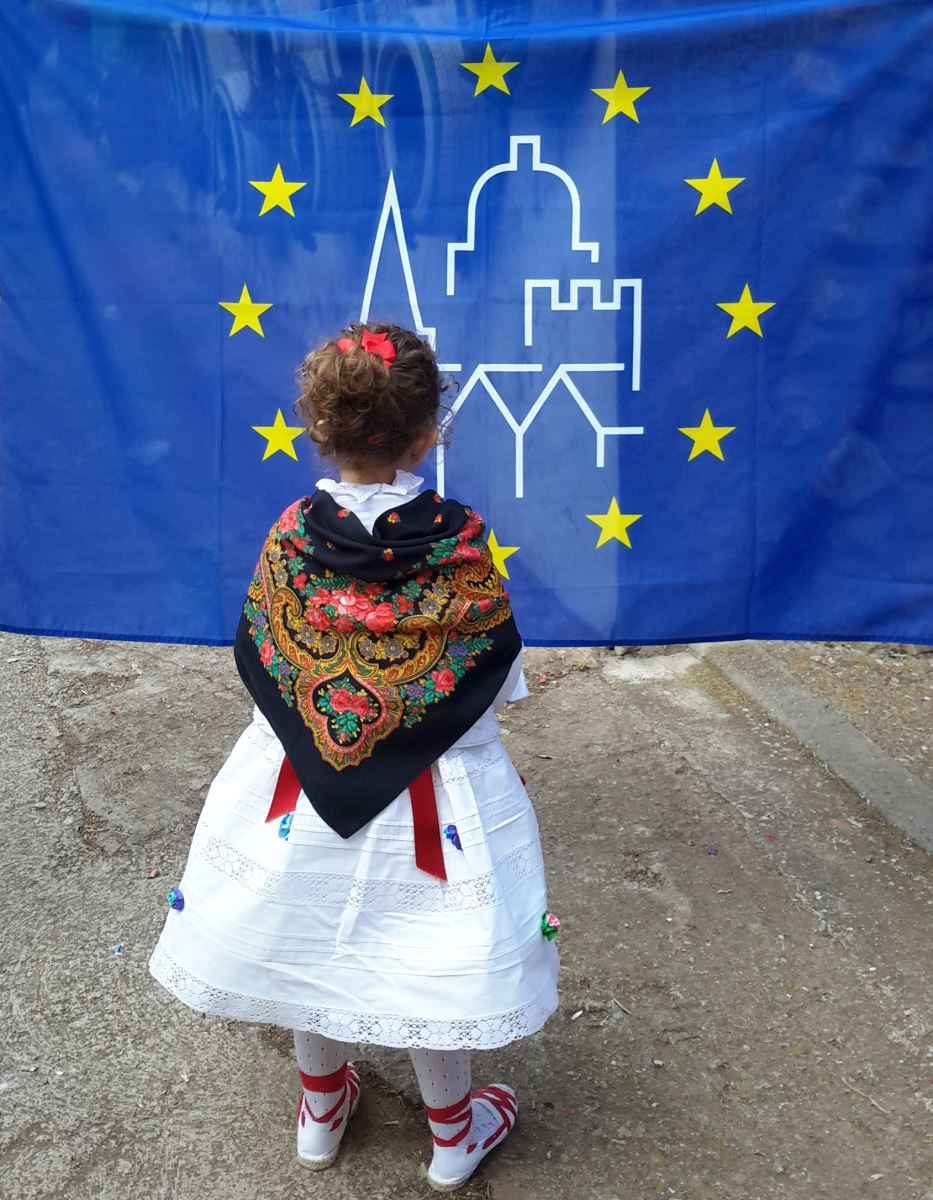
In addition to pilgrimages along historic routes, the 2016 European Heritage Days programme in La Rioja includes heritage education workshops whose aim is to increase children’s participation in heritage exploration. In San Millán de la Cogolla, the youngest were able to learn more about the region’s heritage though workshops such as From the stone quarry to the vaulting, The creation of books in the Middle Ages and Emilianensis. Discover the monasteries of LaRioja. These have helped introduce the values of La Rioja heritage to pupils and encourage them to cherish and disseminate traditional knowledge passed on from generation to generation.
Intangible Heritage and Collective Memory
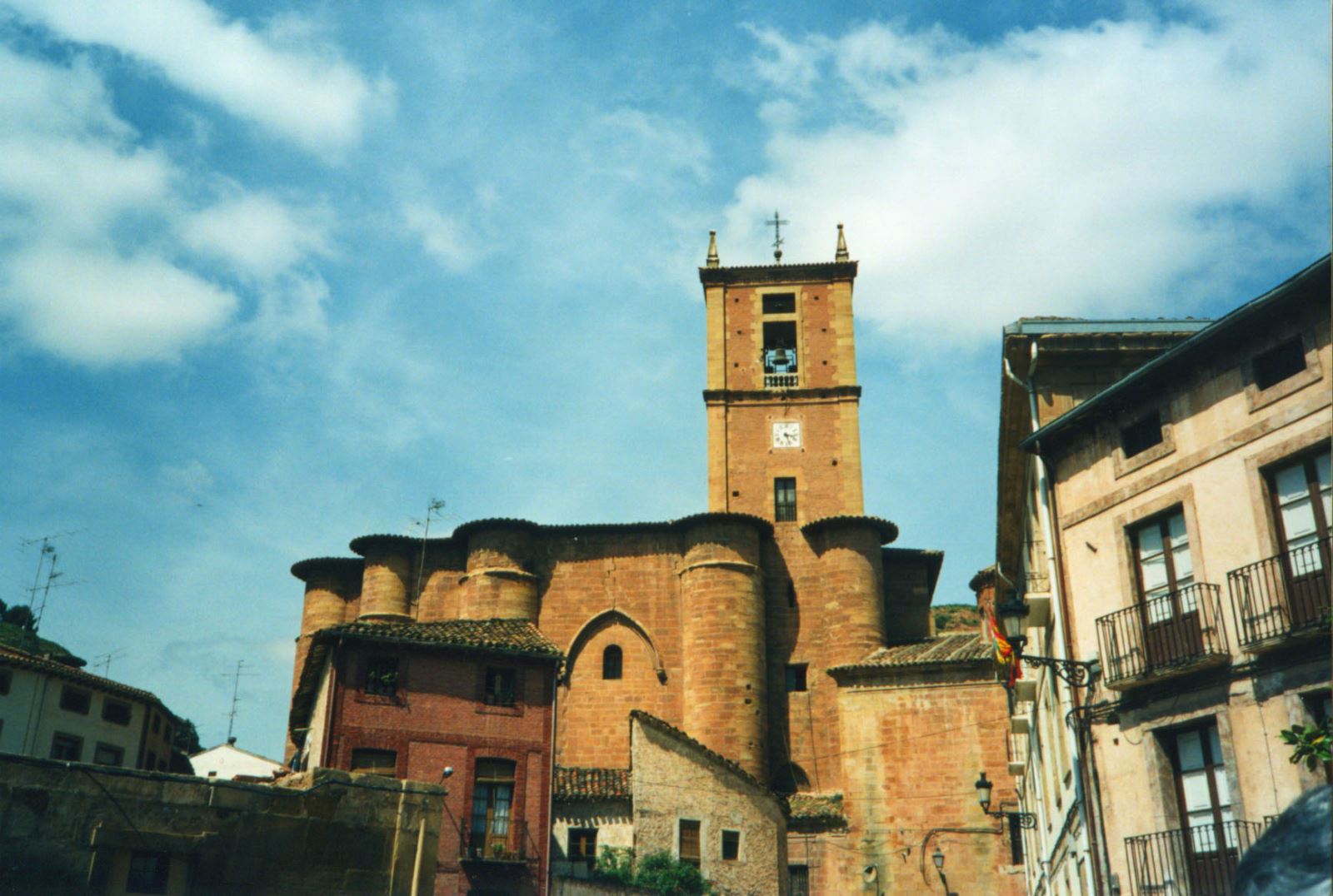
Various guided tours, walks and music performances are also organised across La Rioja to involve more citizens in exploring history and culture of the province. On the 28rd October, the town Nájera will welcome visitors to its Cultural Heritage School with an exhibition titled Intangible Heritage and Collective Memory. The exhibition contains images created by some of the leading Spanish and foreign documentary photographers, which capture the heritage of La Rioja in a unique way. In addition to this, Nájera’s Museo Najerillense celebrated European Heritage Days on the 23rd October with an open day dedicated to uncovering the history of the district through its collection of archaeological, ethnographic and artistic objects.
Traditional Feasts, Historic Settings and Winemaking
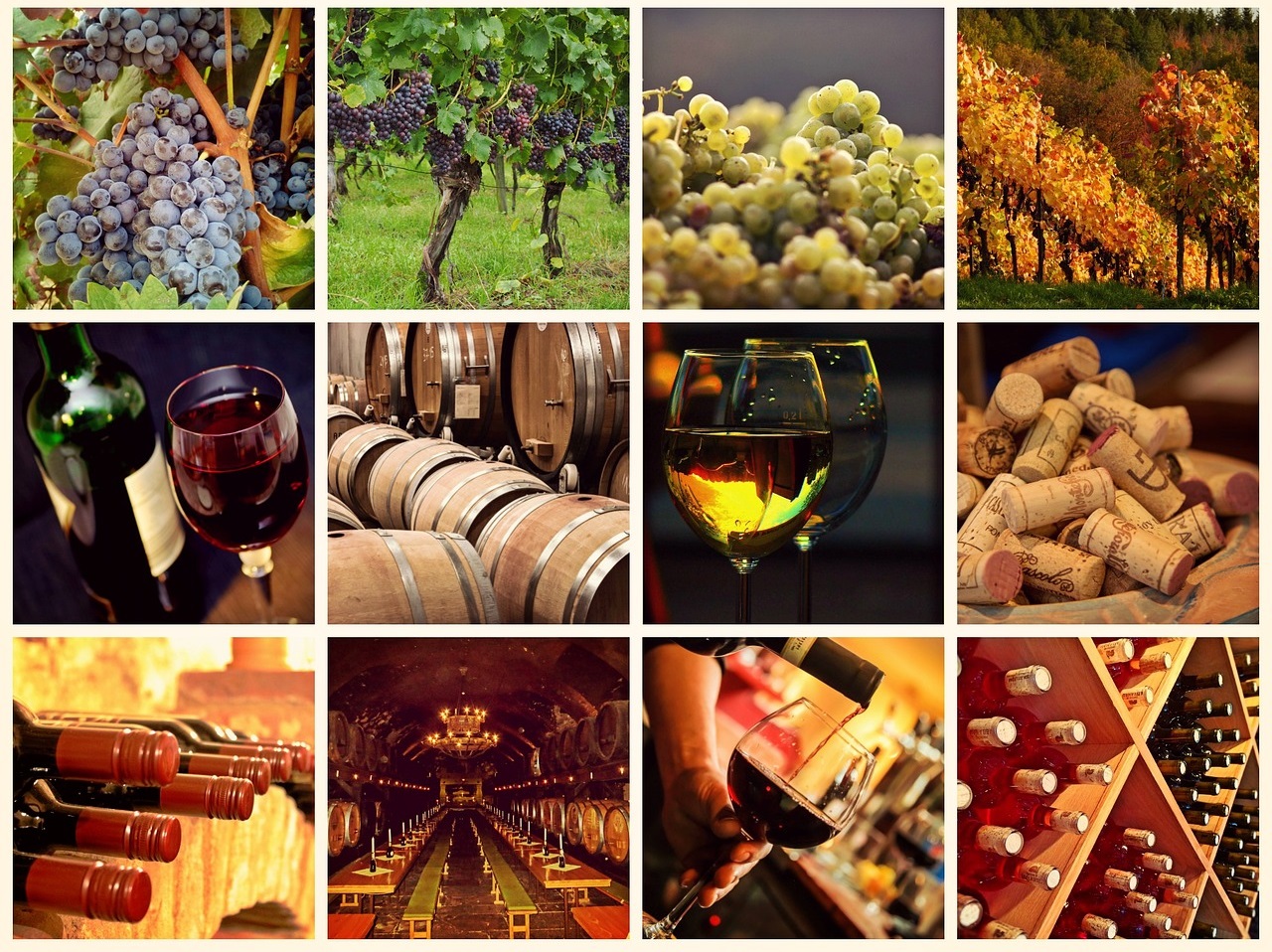
The spirit of La Rioja will also be celebrated with a series of traditional festivals. In early October, the town Berceo was a home of the Feast of the Virgin of the Rosary, when a group of dancers performed traditional dances from the region, while the central event in Santo Domingo de la Calzada will take place in early December within the Feast of the Immaculate Conception.
For those who like to get as close to history as possible, Cirueña will offer a ride through the hundred-year old oak forest where a number of historical events took place in the Middle Ages. The lovers of wine and winemaking, on the other hand, will have an opportunity to visit the famous wineries of Badarán. By showcasing some of its most popular wine houses, Badarán will bring citizens closer to the most precious heritage La Rioja has.
With all these events, the glorious history and cultural diversity of La Rioja will be revived to raise awareness of the province’s heritage. Up until December 2016, La Rioja will be open for an active exploration of history, culture and natural landscape to hundreds of visitors looking to get closer to their roots.
